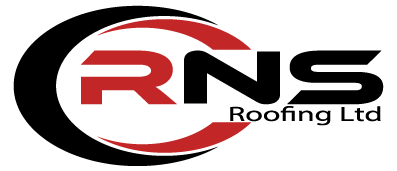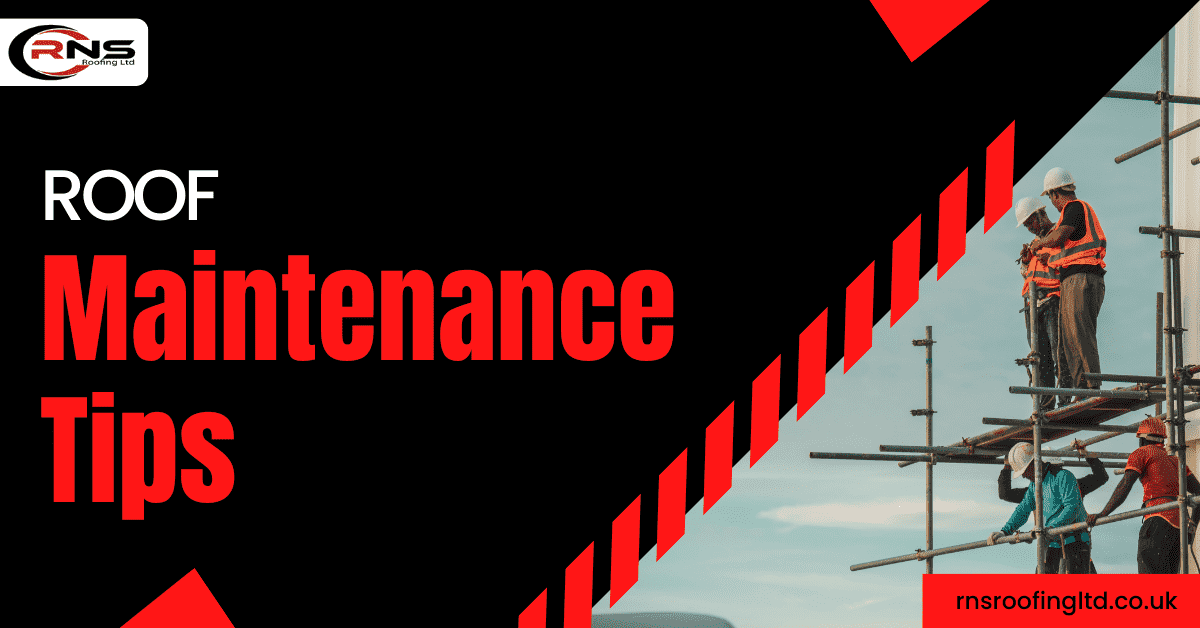As a homeowner, your roof is one of the most critical components of your house to maintain. Neglecting your roof can lead to expensive damage that reduces your home’s value and compromises its structural integrity. By performing regular inspections and minor repairs, you can extend the lifespan of your roof and avoid costly replacements or emergency fixes down the road.
This guide will walk you through how to spot common roofing problems and complete simple repairs to keep your roof in working order for years to come. With some basic tools and knowledge, roof maintenance tips are within your reach. Read on to become an expert in roof care and ensure your home’s most important safeguard against the elements is in tip-top shape.
Inspect Your Roof Regularly for Damage
To properly maintain your roof, it is vital that you inspect it regularly for any signs of damage or deterioration. As a homeowner, you should conduct routine roof inspections at least twice a year, ideally in the spring and fall. Some key things to look for during your inspections include:
•Cracked warped, or missing shingles: Shingles that are damaged or missing can allow water to seep into your attic and cause leaks. It is best to replace damaged or missing shingles as soon as possible.
•Punctures or tears: Inspect your roof for any holes, punctures, or tears, especially around vents, skylights, or flashing. Even small openings can lead to water damage over time. Seal or patch them to prevent leaks.
•Moss or algae growth: Excessive moss, algae, or lichen on your roof can damage shingles and reduce their lifespan. You may need to clean or treat your roof to remove any overgrowth.
•Sagging or deterioration: Check that your roof is still evenly shaped and that there are no areas of noticeable sagging, which can indicate structural issues requiring professional repair or replacement.
•Flashing damage: Ensure all roof flashing, like around chimneys and vent pipes, is securely fastened and sealed to prevent leaks. Damaged or loose flashing should be repaired or replaced as needed.
By regularly inspecting for these and other common signs of damage or wear, you can catch issues early and perform necessary roof maintenance or repairs to maximize the longevity of your roof. You should contact a professional roofer to evaluate the situation if you notice serious or extensive problems during an inspection.

Clear Your Roof of Debris and Moisture
To prevent damage and ensure the longevity of your roof, it’s important to perform regular maintenance. One of the best things you can do is clear your roof of debris and moisture buildup.
Inspect and Remove Debris
Walk around the perimeter of your house and inspect the ground around the foundation for any fallen tree branches, leaves, or other waste that could clog your gutters or damage your roofing materials if left unattended. Use a ladder to check higher roof areas, especially near chimneys, vents, and the peak. Carefully remove debris with your hands, a small trowel, or a leaf blower.
Clean Your Gutters and Downspouts
Clogged gutters and downspouts prevent water from being properly diverted away from your home, leading to water damage, leaks, and even foundation issues over time. Place a ladder on a level surface in an area clear of power lines and climb up to access your gutters. Scoop out any built-up leaves, twigs, and other waste with a small trowel or your hands, and then flush the gutters with a hose to remove any remaining dirt or grime. Ensure downspouts are clear by pouring water through the gutters to wash away clogs.
Eliminate Standing Water
Water that pools on your roof can lead to leaks, cause existing damage to spread, encourage the growth of mold and mildew, and even cause your roofing materials to deteriorate more quickly. Use a push broom or leaf blower to sweep water off flat, low-slope roofs. The water should slide off on its own for shingle and tile roofs unless clogs prevent proper water flow. In that case, clear any debris blocking the water’s path to allow for natural runoff and drying.
Repair Loose or Missing Shingles
Repair Loose or Missing Shingles
As shingles age or experience weather damage, they can become loose, cracked, or missing altogether. Loose or missing shingles expose the underlying roof deck and attic to water damage and leaks. It is important to repair or replace damaged shingles as soon as possible.
You will need a putty knife, roofing cement, matching shingles, and roofing nails to repair loose or missing shingles. Carefully pry up the loose or damaged shingles using the putty knife. Remove any remaining roofing cement from the exposed area. Place a bead of roofing cement along the edge of the remaining shingles. Press the replacement shingle into the cement to secure it in place.
For missing shingles, slide a replacement shingle under the overlapping shingle above. Apply roofing cement along the edge of the new shingle and press firmly to adhere to it. Secure all replacement shingles with roofing nails spaced approximately one inch from the edges and six inches apart. Drive nails through the replacement shingle at an angle into the roof deck below.
Seal around all edges of new shingles with roofing cement. Inspect the attic and interior ceilings below the repair area to ensure no leaks before the roofing cement dries completely. Monitor the new shingles after heavy rains to confirm the leak has been fixed properly. Regularly inspect your entire roof to check for and repair any additional loose, cracked, or missing shingles to maintain roof integrity.
Neglecting necessary roof repairs can lead to water damage, rot, and structural weakening. With regular DIY maintenance and prompt issue resolution, a roof can last 20-30 years or more, depending on the material. Staying on top of common problems like loose, cracked, or missing shingles will help maximize your roof’s lifespan and protect your home.
Address Leaks Promptly
Leaks are one of the most damaging problems that can affect a roof. As a homeowner, promptly addressing any leaks you notice is critical to preventing costly damage.
Inspect the attic and ceilings regularly
Check your attic, ceilings, and any exposed areas of the underside of the roof for signs of leaks like water stains, damp insulation, or standing water. Inspect the area thoroughly after heavy rains. Catching leaks early can help limit damage to your home.
Determine the source
Once you notice signs of a leak, determine where the water is entering. Look for holes, cracks, or other damage to the roof surface, flashing, vents, skylights, or any other roof penetrations. You may need binoculars or a ladder to inspect the roof fully. If the source isn’t obvious, it may help to examine the attic and roof during rain to see water actively dripping in.
Repair or replace damaged materials
For small holes or cracks, apply roof cement, sealant, and roof patching compound. Larger damage will require replacing damaged shingles, tiles, or roof sections. Consider consulting a professional roofer for extensive repairs. They can also address any underlying issues with the roof structure or flashing to provide a lasting solution.
Improve ventilation and insulation
In some cases, excess moisture in the attic can lead to leaks. Improving attic ventilation and insulation helps control temperature and humidity levels. Proper ventilation also prevents heat and moisture buildup which can damage the roof.
By regularly inspecting for and promptly repairing any leaks or signs of water damage, a homeowner can help ensure the longevity and integrity of their roof. Conducting routine maintenance and fixing minor issues as they arise prevents small problems from becoming major repairs. With ongoing care and attention, a roof can provide lasting protection and shelter for a home.
Hire a Professional Roofer for Major Repairs
Hiring a professional roofer to handle any major issues is best for roof repairs. As a homeowner, attempting DIY fixes for significant roof damage can be dangerous and lead to further problems down the road.
Identify the Issue
The first step is to inspect your roof regularly and identify any areas of concern. Some signs that professional repairs may be needed include:
- Visible cracks or holes in the roof surface let in water or daylight.
- Shingles that are curled, buckled, loose, or missing.
- Leaks or water spots on ceilings or attic.
- Sagging or uneven areas of the roof.
Once you notice an issue, contact a reputable roofer to evaluate the roof and provide an estimate for necessary repairs. They have the proper training, safety equipment, and experience to navigate a roof and make comprehensive fixes.
Schedule Timely Repairs
It is important to schedule roof repairs as soon as possible after identifying a problem. Waiting too long can lead to additional damage from water seepage or exposure and higher costs. A roofer can make temporary fixes like tarping damaged areas to prevent further issues until full repairs can be completed.
Trust the Professionals
A professional roofer has the skills and knowledge to properly diagnose problems, recommend solutions, and perform high-quality repairs using appropriate materials. They will also handle necessary permits to ensure the work meets your local building codes. Attempting major roof repairs to save money often costs more in the long run.
For the longevity of your roof and the safety of your home, hire a licensed and insured roofer to handle any significant repairs or replacements. Annual professional inspections can also help catch issues early and keep your roof in the best shape possible.
Conclusion
As a homeowner, conducting regular roof inspections and maintenance is one of the best investments you can make. By taking the time to check on the condition of your roof routinely, you’ll catch any problems early and can address them before they become serious issues. Making minor repairs and fixes as needed will help ensure your roof continues to protect your home for many years to come.
While the tasks involved in roof maintenance may not always be the most exciting or glamorous, the peace of mind and financial savings that result make the effort well worth it. Take the time this season to get up on your roof and give it a good checkup. Your roof and your wallet will thank you for it.
People Ask Questions About Roof Maintenance Tips
Why is roof maintenance important?
Roof maintenance is crucial to extend the lifespan of your roof, prevent costly repairs, and ensure the structural integrity of your home. It also helps in maintaining energy efficiency and prevents water damage.
How often should I inspect my roof?
Inspecting your roof at least twice a year is recommended, ideally in the spring and fall. Additionally, a prompt inspection is essential after severe weather events such as storms or heavy snowfall.
Can I perform roof maintenance myself?
While homeowners can do some basic maintenance tasks, hiring a professional roofing contractor for a comprehensive inspection and major repairs is advisable. Roof work can be dangerous without proper training and equipment.
How do I clean my roof safely?
Roof cleaning should be done with caution. Use a soft-bristle brush or a low-pressure power washer to remove debris, moss, or algae. Avoid harsh chemicals that can damage the shingles. If unsure, consult a professional for cleaning.

